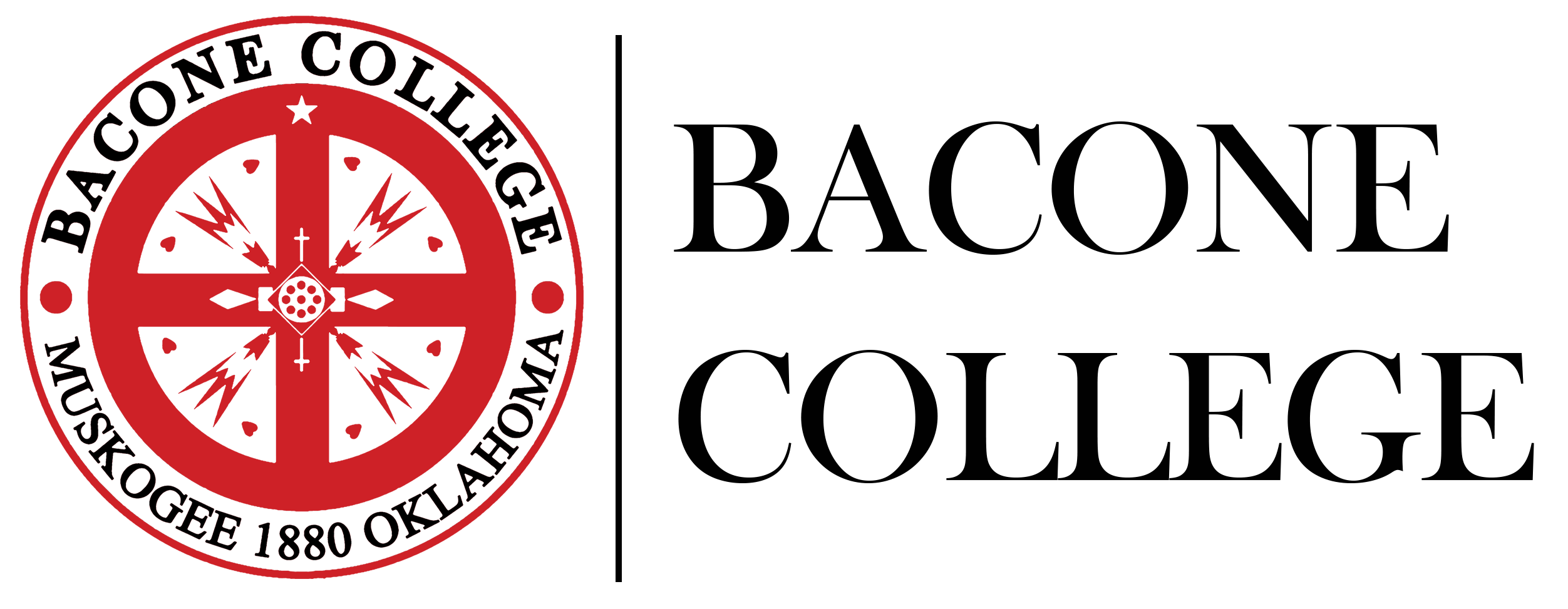In World War I and World War II, the United States relied on a special group of men to keep its messages safe from the enemy. Branches of the military recruited Native Americans from tribes across the country, including the Cherokee, Crow, Hopi, Muscogee Creek, Osage, Pawnee, Sac and Fox, Seminole, Sioux, Choctaw, Comanche and Navajo tribes.
These brave men became known as a renowned group called Code Talkers.
“We honor all of our Native languages, cultures, and veterans here at Bacone College,” says President Dr. Ferlin Clark. “All of our Native languages and cultures are unique and have power. They are our source of strength.”
Indeed, Native Americans are distinguished by their level of military service – more than any other ethnic group in the country – approximately 44,000 Native Americans served in WWII alone, and of those, some 400 were Navajo Code Talkers.
On August 14, 1945, Japan surrendered, ending World War II. On that same date in 1982, President Ronald Reagan established National Navajo Code Talkers Day to recognize the service of the Navajo Code Talkers and their vital contributions to the war.
One Bacone College alumnus was among those code talkers during WWII, Peter MacDonald, Sr. He is also a former leader of the Navajo Nation, a graduate of high school and junior college at Bacone College, an electrical engineer who was a member of the elite Hughes Technical Staff and a recipient of the Congressional Silver Medal for his services as a USMC Navajo Code Talker.
Bacone, says his daughter Hope LoneTree, played a major part in the trajectory of his life after the war.
“He only had a sixth-grade education, but Bacone and the GI Bill really helped him get where he is today and to do what he has done for his people,” she says.
MacDonald, who attended high school and college at Bacone from 1948 to 1951, says she is right, “Bacone really gave me a start in things I never knew I had the capabilities to do.”
He says he was a “sixth-grade dropout” after the war when he decided to follow his cousin, Bob Myers, to get his GED. He roomed with Myers, who was in college, on campus at Bacone while he went to high school.
“After eight months, I got my GED following an eight-hour test,” MacDonald says. “The second year I enrolled as a freshman at Bacone College, not because I wanted to go to college, but because I was having fun meeting Indians from all parts of the United States. Bacone was friendly and an all-Indian school!”
MacDonald also enjoyed learning about other Native Americans and dignitaries connected to Bacone College, such as Patrick Hurley, a decorated Major General who graduated from Indian University, now Bacone College, in 1905 and went on to be the United States Secretary of War from 1929 to 1933.
“’If these Indians can make it, so can I’ was my motivation,” MacDonald says.
He also enjoyed learning about many other tribal cultures, such as pow wow songs and dances he had never experienced before.
“My two years in junior college at Bacone were full of surprises, struggles, and achievements and I never thought I was capable,” MacDonald says. “It’s a long story – essentially I got my footing, confidence, and vision as to what my parents, grandparents, and family members were telling me and trained me for as I was growing up 100 percent Navajo.
“I learned more than just the academics, life as it is, history of other tribes, true differences between us and settlers and then one of the requirements to graduate was to study the Bible, the life of Christ and preach a Sunday sermon at the Chapel,” he says.
Today’s Bacone College continues to serve Native American students, offering a home-away-from-home for students from a number of tribes across the country. As the school transitions to a public, Tribal College, culture has become an over-arching theme in its curriculum, vision, mission, and events.
“We want what Peter MacDonald experienced – friendliness, a chance to learn about and celebrate other cultures, and a home-like atmosphere – to be what our students experience today, too,” Bacone College Vice President of Academic Affairs Dr. Beverly Smith says. “We are doing that. We are bringing the sweat lodge, Native American ceremonies, pow wows, and dances, songs and drums back to our campus through our Center for American Indians. It’s a good place here. Education is good Medicine.”



(All photos courtesy of Peter MacDonald Sr.)
